Cross-Cutting Systems Analysis (SWOT - Gap - Benchmarking)
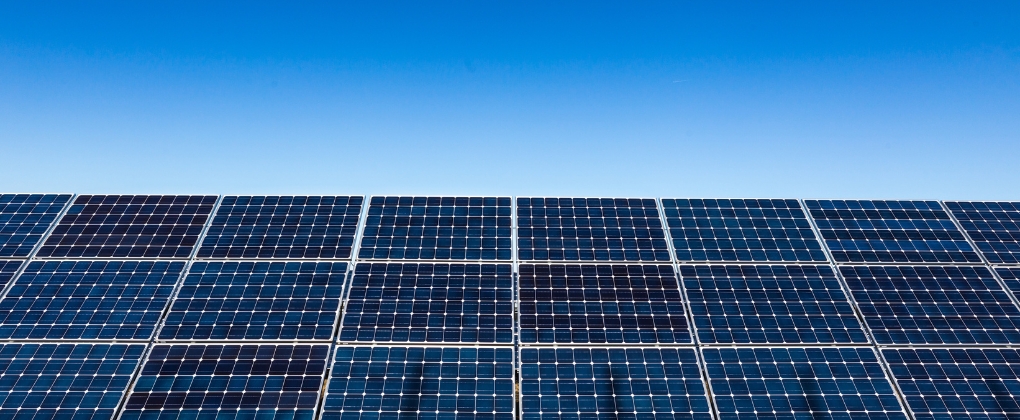
Egypt’s cleantech sector stands at a crucial turning point. Backed by natural advantages and growing policy momentum, the country is poised to lead. Yet, for Egypt to become a regional innovation hub, it must address foundational challenges. The 2025 Clean-Tech & Energy Report presents a system-level diagnosis of the sector analyzing its strengths, weaknesses, and untapped opportunities through a combined lens of SWOT, gap analysis, and benchmarking against global peers.
Strategic Strengths and Momentum Drivers
Egypt’s cleantech strengths are becoming clearer each year. The country benefits from abundant solar and wind resources, a strategic location linking Africa, Europe, and the Gulf, and a rising number of clean energy projects. Strong state-led initiatives in areas like green hydrogen and smart city infrastructure reinforce a policy-level commitment to climate competitiveness. Government efforts to reform permitting and run clean energy tenders have already begun to attract foreign direct investment (FDI) and forge international partnerships. These moves demonstrate early signs of a system geared toward cleantech acceleration.
Structural Gaps Slowing Innovation
Despite these advances, Egypt’s cleantech ecosystem still faces systemic gaps that limit its ability to scale:
- Funding pipelines remain limited, particularly for early-stage and scale-up ventures.
- R&D and commercialization remain fragmented, with weak lab-to-market pathways.
- Talent pipelines don’t yet match the demand in prototyping, testing, and green manufacturing.
- Regulatory frameworks often lag behind technology, creating uncertainty for entrepreneurs and investors.
Unless addressed, these weaknesses risk stalling Egypt’s momentum during a crucial window of opportunity.
Benchmarking Against Global Peers
Benchmarking Egypt against global cleantech leaders such as Singapore, India, and the UAE highlights several areas for improvement. These countries have:
- Strong public-private alignment in cleantech R&D
- Technology validation hubs to test and certify innovations
- Early client adoption models where the government acts as a first customer, helping startups gain credibility and scale
Egypt can draw from these models to build confidence in its local innovations and improve the speed of market deployment.
Five Strategic Levers for Ecosystem Maturity
The report identifies five priority levers to move Egypt from potential to performance:
- Streamlined regulation to reduce permitting delays and simplify market entry
- Diversified funding tools, including green bonds, blended finance, and climate-focused venture capital
- Stronger R&D infrastructure, including national testing labs and university-industry partnerships
- Targeted talent development, aligning technical and digital skills with clean economy needs
- Market access platforms, from regional export hubs to local procurement policies that favor emerging technologies
Egypt’s cleantech ecosystem doesn’t lack ambition; it needs integration. By addressing structural gaps and implementing these five strategic levers, Egypt can move from a landscape of fragmented progress to a cohesive, scalable, and investable cleantech economy.

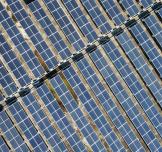






















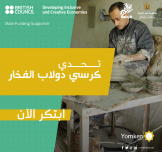













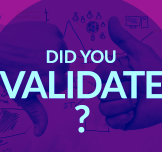











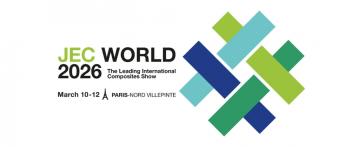
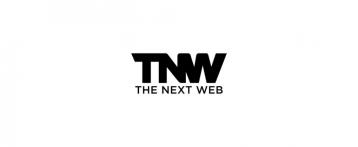

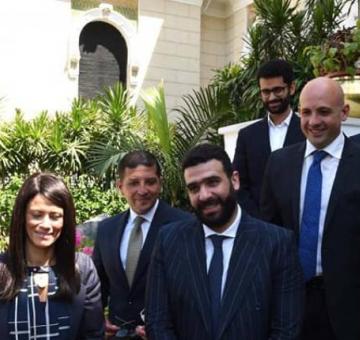

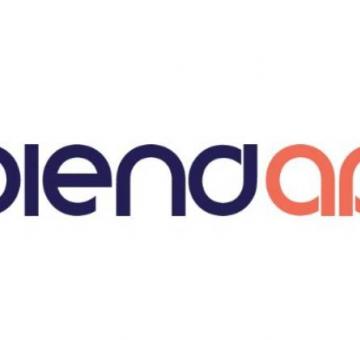










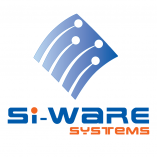



EgyptInnovate site is not responsible for the content of the comments